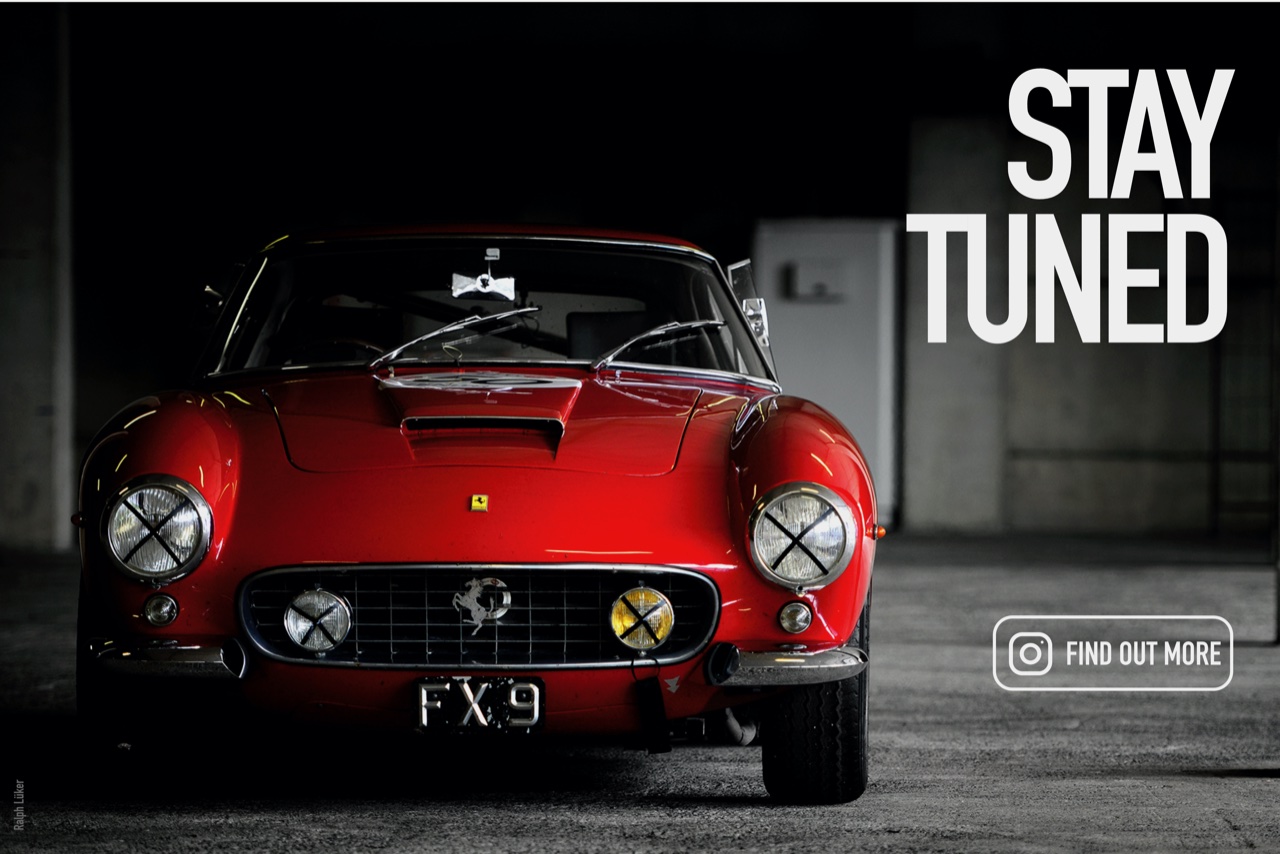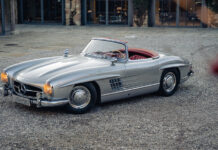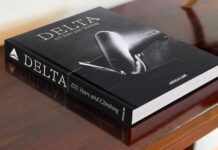In the history of BRM, Formula One and Ferrari are the only constructors to have won the World Championship with a car that they designed and built completely themselves. With a team never exceeding 120 people, BRM won the World Championship, in a car designed and built in Britain, with all British components and with a British driver.
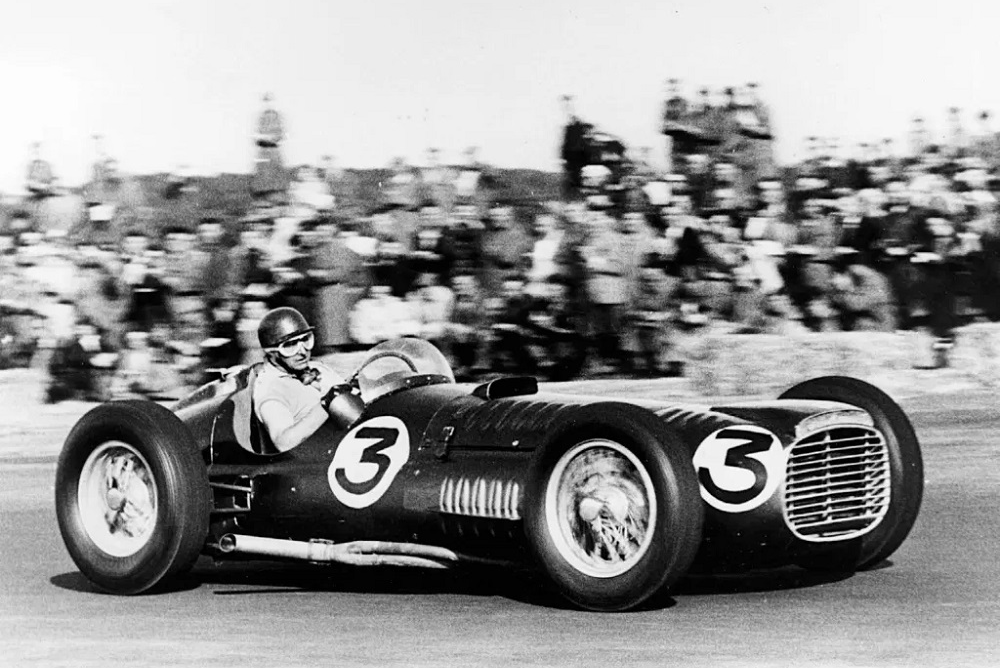
1940s
The founder of BRM was Raymond Mays CBE (1899-1980), pre-war racing driver, founder of English Racing Automobiles (ERA) and pioneer of the commercial motor racing industry. His post-war vision was to boost British prestige by creating a British Grand Prix car capable of taking on the world and beating the might of the Germans and the Italians driving Alfa Romeos, Ferraris, and Maseratis. He persuaded the great industrialists and engineers of the time to support his vision and The British Motor Racing Research Trust was established in 1947 to promote, finance and develop BRM.
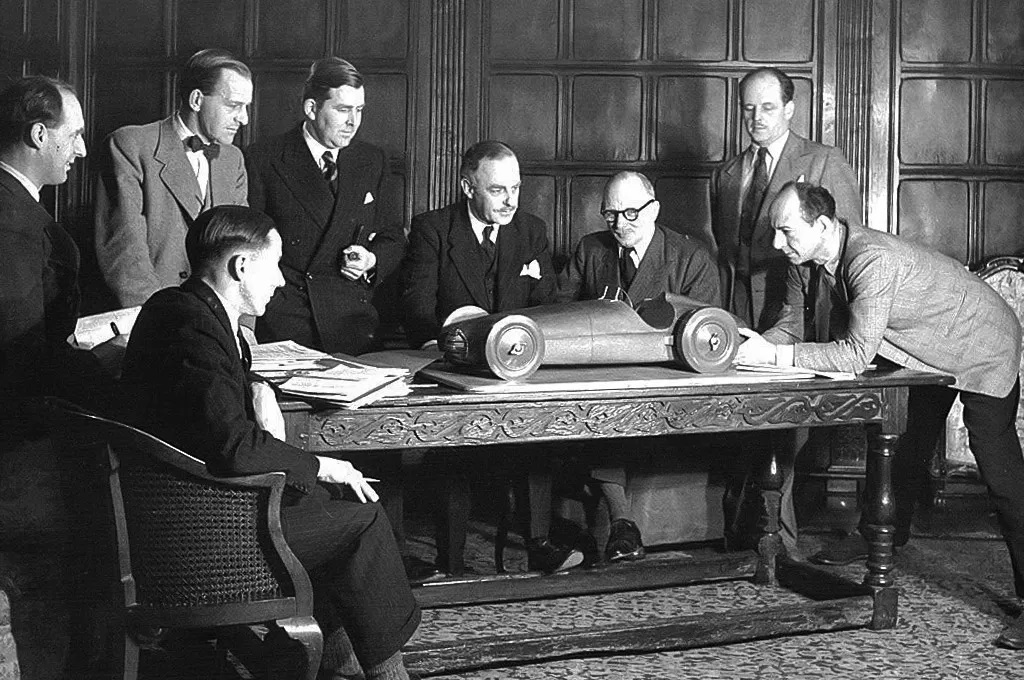
1950s
The V16 is very much still in development and despite Raymond Mays protestations, the V16 makes its racing debut at Silverstone in 1950 in front of a record crowd of over 150,000 and Their Majesties the King and Queen. The V16 shears a driveshaft and the Alfas dominate. It is later established that it failed due to the steel not being to specification.
The Trust sells BRM to Sir Alfred Owen (the great Midlands industrialist) in 1952. Regulations are changed to F2 rules (2 litre un-supercharged) leaving the V16 with no long term Formula One race prospects just as its development was providing positive results on the track. Parnell wins the Goodwood Trophy in the V16. The last of the front engine BRMs and the birth of the new P25 with a 2.5 litre straight 4-cylinder engine. The P25 was to herald a change in BRM’s fortunes with Jo Bonnier winning their first Grand Prix at Zandvoort in 1959.
1960s
The beginning of a new era for BRM that was to be the most successful decade in the marque’s history, yielding 12 Grand Prix wins, a Drivers’ World Champion Title and a Constructors’ Title and 3 runners up titles in 1963,1964 and 1965. 1962 was the definitive year and pinnacle of BRM’s history.Graham Hill steered his P57 ‘Old Faithful’ V8 to win the World Drivers’ Championship and secured the World Constructors Title for BRM.
Thus, finally realising Raymond Mays’ vision and dream announced at Folkingham Airfield 13 years earlier. 1965 saw the introduction of the iconic P261, the first Formula One drive for another future world champion Jackie Stewart and BRM innovate with a collaboration Rover to produce the Gas Turbine le Mans car. The powerful H16 and V12 engines are introduced in the P83 P115 P138 and P139 cars. John Surtees makes his BRM debut in 1969.
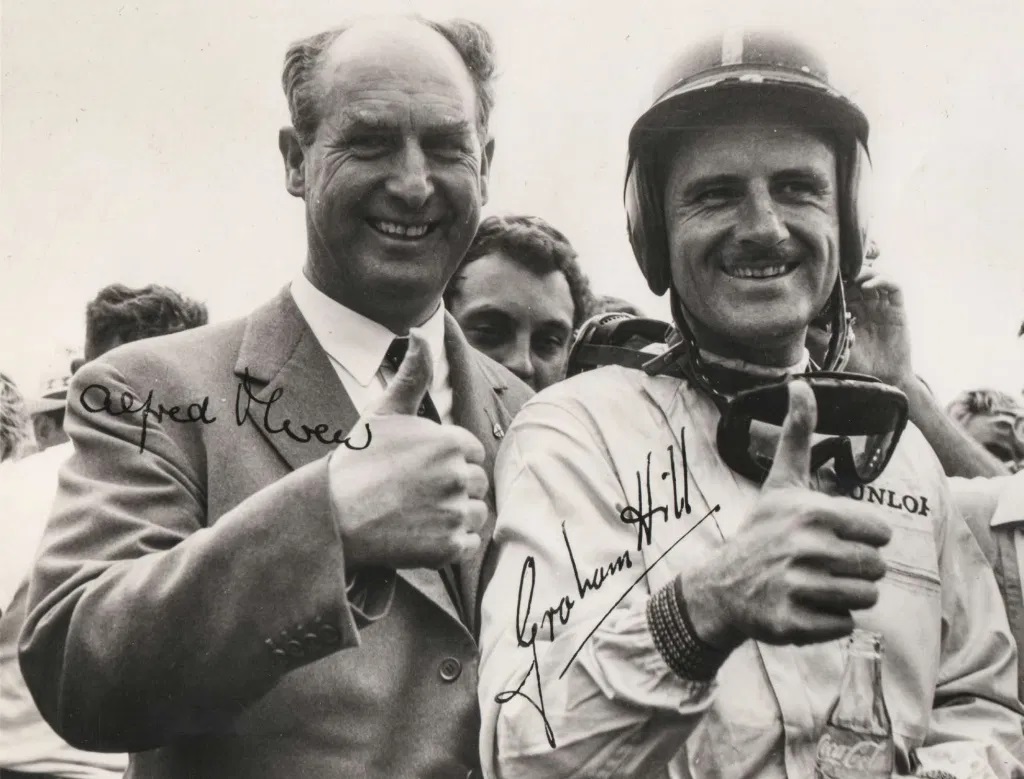
1970s
An era of achievement, promise and tragedy. Team leader Pedro Rodriguez wins the 1970 Belgian GP but is killed in 1971 driving a Ferrari in a sports car race in Germany. New driver Peter Gethin wins the Italian Grand Prix for BRM at an average speed of 151mph – the fastest Formula One race of the 20th century.
BRM also secured Formula One’s first sponsorship deal with Yardley and in 1973 gave the great Niki Lauda his first Formula One contract and secured the iconic Marlboro sponsorship. The introduction of the P201 with the distinctive Motul livery in 1974 proved to be the end of this chapter for BRM and the final year of BRM factory produced cars.

The Cars of BRM
BRM designed and built some of the most beautiful racing cars ever to grace the circuit. From the fearsome power of the V16 to the simplicity of the P25 which secured BRM’s first Grand Prix victory and represented the front-engine cars of the 1950s.
The 1960s saw the switch to rear-engine cars and Hill’s legendary P578 ‘Old Faithful’ brought BRM’s World Constructors’ Championship and his own inaugural Drivers’ Championship. In 1964, the beautiful P261 became BRM’s most successful car before the advent of the H16 and the powerful V12s, including the P153 and Lauda’s distinctive Marlboro BRM P160. The Motul P201 was BRM’s final factory produced car.
P15 1.5 LITRE V16 MK 1 (1950)

The BRM Type 15 ‘Chassis Number 1’ is arguably Britain’s most important Formula 1 car and truly deserves it’s Iconic status. It recently won the People’s Vote for their favourite car in 70 years of Formula One at The Magnetto Virtual Concours. It carried the weight of expectation of the whole nation; not only as a focal point for British engineering excellence and prestige, but as a venture designed to lift the spirits of a nation.
Despite failing in its first outing whilst still in development, when on song, such as with Fangio at Albi in 1953, nothing could live with it/nothing could compete. Fangio’s V16 had 72 psi boost (4.9 ata) and 585 bhp (436 kW) @ 11,800 rpm and incredibly, he reached over 190 mph (306km/h). Test figures from Rolls-Royce at that time suggested that the engine would be able to run at up to 14,000 rpm…
P578 – ‘OLD FAITHFUL’ (1962)
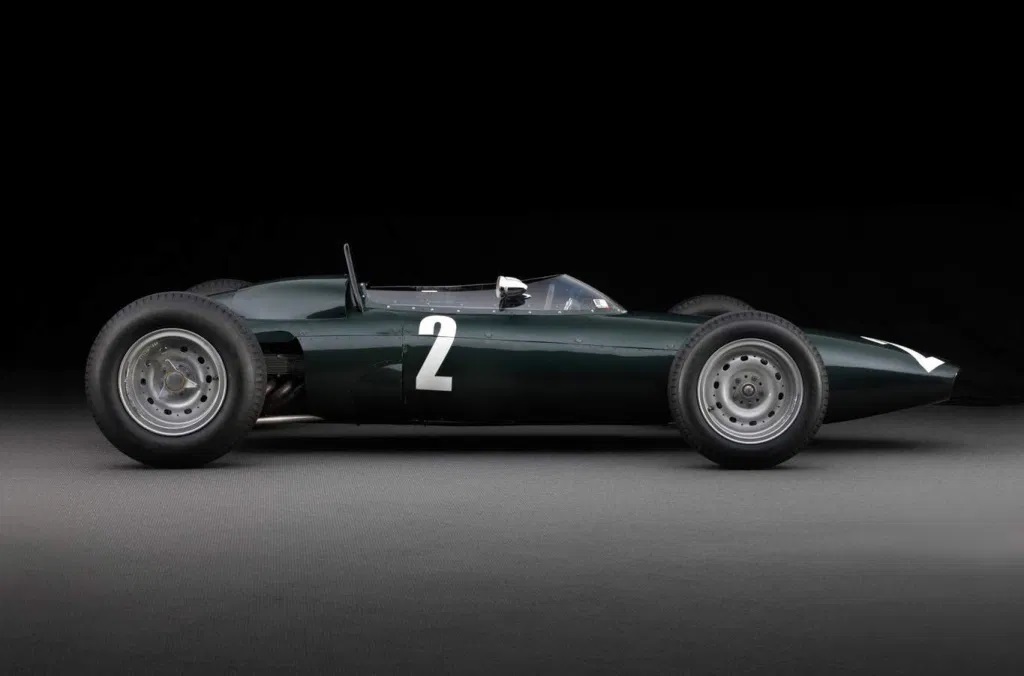
Eight-cylinder vee-type engine, double overhead camshafts, two valves per cylinder, 1498 cc, 193 bhp at 10,250 rpm. This specific car is arguably the most famous BRM car, affectionately known as “Old Faithful,” she brought driver, Graham Hill, the Formula I World Drivers’ Championship and BRM the Formula One Constructors’ World Championship in 1962.
“Old Faithful” is one of the highest mileage cars in Grand Prix history, having raced for both works and Scuderia Centro-Sud in 1963, for veteran driver Maurice Trintignant in 1964 and Centro-Sud again in 1965, over 20,000 miles!
P261 (1964)

The P261 was introduced in 1964 and powered by a BRM V8, 1.5-litre: 2 Valves/Cylinder, naturally aspirated, Lucas fuel injection engine developing 205BHP. The P261 had a relatively long racing career; variants of the car were still being entered for Formula One World Championship Grands Prix as late as 1968.
During the course of their front-line career BRM P261s won six World Championship races, in the hands of works driver’s Graham Hill and Jackie Stewart and finished second in both the Drivers’ and Constructors’ Championship standings in 1964 and 1965.Not only was the P261 BRM’s most beautiful car, in terms of races won and total Championship points scored, the P261 was also the most successful car in BRM’s history.
P153 3.0 LITRE V12

The BRM P153 was designed by Tony Southgate and raced in 1970, 1971 and 1972 seasons. It was powered by a 3.0-litre V12 engine and claimed victory at the 1970 Belgian Grand Prix when Pedro Rodriguez beat the second-placed March of Chris Amon by just 1.1 seconds. The model was first shown in their traditional British racing green, but by the time it appeared on the race tracks it was in the colours of the team’s sponsor, Yardley of London.
In contrast to the other British teams, amongst whom the Cosworth DFV V8 had become ubiquitous, BRM chose a different route for the P153’s engine. In accordance with BRM’s long-standing practice of building both chassis and engine, they installed their existing 3.0-litre, 48-valve V12 engine that produced approximately 435 bhp (324 kW) with a redline of 11,000 RPM.
P160B/C/D/E
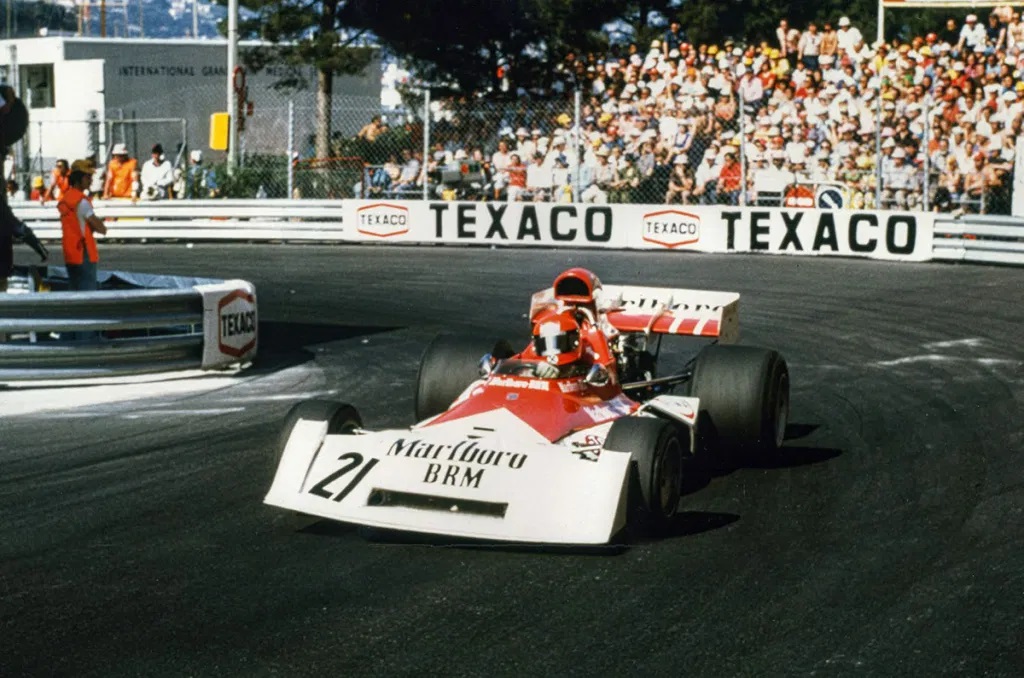
The BRM P160 was designed by Tony Southgate and was powered by a 3.0-litre V12 engine. It raced in the 1971-1974 Formula One seasons and claimed 3 Grand Prix wins driven by Jo Siffert and then Gethin, in Yardley colours.
The 1971 Italian Grand Prix is still the closest Formula One race in history as Gethin pipped Peterson by 0.010 seconds! The P160 was later driven to victory in the Dutch Grand Prix by Jean Pierre Beltoise in the distinctive Marlboro livery. In 1973 Lauda joined BRM, impressing Enzo Ferrari – who was to later sign the future 3-time World Champion.
Goodwood Celebrates 70 Years Of BRM At FOS And Revival. Click here!
more information by britishracingmotors.co.uk
